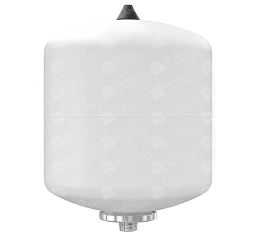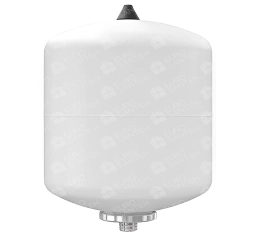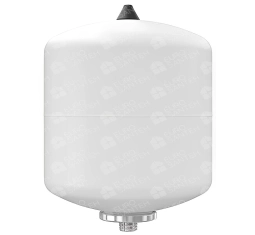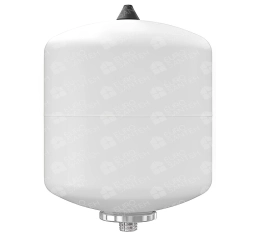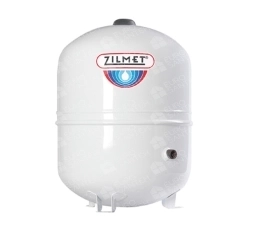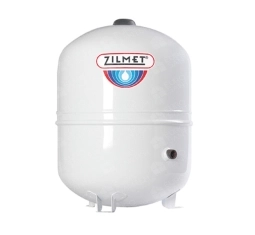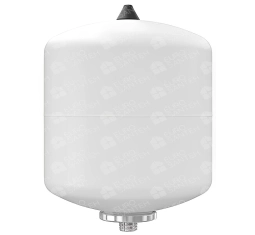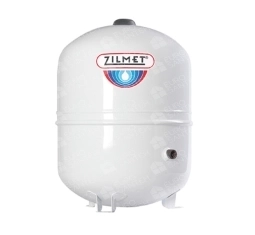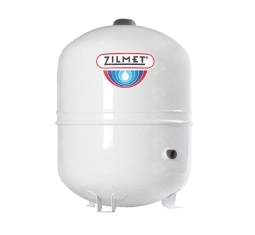Expansion tanks for solar systems
Expansion tanks for solar systems play a crucial role in modern solar technologies, contributing to the safety and efficiency of solar panels. In this comprehensive overview, we will delve into the significance of these components in solar systems, explore their diverse applications, and highlight key considerations in choosing and installing these essential elements for effective harnessing of solar energy.
The Importance of Expansion Tanks for Solar Systems:
Solar systems, whether thermal or photovoltaic, are subject to constant temperature changes and fluid volume variations. Expansion tanks for solar systems are designed to compensate for the thermal expansion of the fluid, maintaining a stable pressure and preventing potential damage to the system.
Applications of Expansion Tanks in Solar Systems:
-
Domestic Solar Water Heating Systems: In residential settings, expansion tanks ensure optimal pressure and prevent damage to water heating systems powered by solar energy.
-
Solar Space Heating Systems: Solar heating systems for homes and commercial spaces benefit from expansion tanks, ensuring consistent pressure and preventing system damage.
-
Industrial Solar Systems: Industries utilizing solar systems for water heating or electricity production rely on expansion tanks to maintain system safety and efficiency.
Key Components and Types of Expansion Tanks:
-
Diaphragm Expansion Tanks: Equipped with a flexible diaphragm separating water from a gas compartment, diaphragm tanks allow for fluid expansion without causing pressure spikes.
-
Bladder Expansion Tanks: Similar to diaphragm tanks, bladder tanks use a flexible bladder to separate water and gas, accommodating fluid volume changes without compromising pressure.
Factors to Consider When Choosing Expansion Tanks for Solar Systems:
-
Type of Solar System: Identify the specific type of solar system (thermal or photovoltaic) to choose the appropriate type of expansion tank.
-
Expansion Capacity: Calculate the required expansion volume of the solar system fluid and choose an expansion tank with suitable capacity.
-
System Pressure: Ensure that the expansion tank's pressure rating aligns with the maximum pressure expected in the solar system.
-
Material of Construction: Choose a corrosion-resistant material such as stainless steel or non-corrosive alloys based on the composition of the heat transfer fluid.
-
Installation Requirements: Consider spatial constraints and installation requirements when selecting the type and configuration of the expansion tank.
Benefits of Expansion Tanks for Solar Systems:
-
Preventing Pressure Fluctuations: Expansion tanks maintain stable pressure, preventing sudden fluctuations that could damage solar panels and the overall system.
-
Increasing Energy Efficiency: By maintaining stable pressure and the efficient operation of solar panels, expansion tanks contribute to overall system efficiency.
-
Preventing System Damage: Expansion tanks prevent potential damage to solar heating and photovoltaic systems by ensuring consistent and safe pressure levels.
-
Extended Lifespan of Components: Protection against pressure fluctuations and reduced stress on system components contribute to the longevity of solar panels and associated equipment.
Installation and Maintenance Tips for Expansion Tanks:
-
Proper Sizing: Ensure that the expansion tank is correctly sized for the solar system. Incorrect sizing may lead to inefficiencies.
-
Correct Placement: Install the expansion tank in a location with adequate support and follow the manufacturer's recommendations regarding orientation.
-
Pressure Adjustment: Adjust the pre-charge pressure of the expansion tank according to system specifications for optimal performance.
-
Regular Inspections: Periodically inspect the expansion tank for signs of wear, corrosion, or damage. Promptly address any issues to prevent system inefficiencies or failures.
-
Venting Procedures: Follow proper venting procedures during installation to eliminate air from the tank, ensuring it functions as intended.
Cost Considerations for Expansion Tanks in Solar Systems:
-
Comparing Costs: Obtain quotes from multiple suppliers to identify competitive offers for expansion tanks with similar specifications.
-
Brand Reputation: Consider the reputation of the brand or manufacturer. Well-established brands often provide higher-quality products but may come with a premium price.
-
Features and Specifications: Expansion tanks with advanced features, such as corrosion-resistant coatings or integrated pressure control mechanisms, may have higher upfront costs.
-
Warranty and Support: Check the warranty offered by the manufacturer and the availability of customer support and after-sales services.
Conclusion: Optimizing Solar Systems with Expansion Tanks:
In conclusion, expansion tanks for solar systems are indispensable components that contribute to the stability, efficiency, and safety of solar technologies. Understanding the specific requirements of the solar system, selecting the appropriate type of expansion tank, and adhering to proper installation and maintenance practices are crucial steps in optimizing the performance of solar systems, ensuring long-term reliability and cost-effectiveness.


